Hot Products
- Lavender Essential Oil
- Jasmine Essential Oil
- Rose Essential Oil
- Ylang Ylang Essential Oil
- Patchouli Essential Oil
- Sandalwood Essential Oil
- Helichrysum Essential Oil
- Neroli Essential Oil
- Chamomile Essential Oil
- Clary Sage Essential Oil
- Eucalyptus Essential Oil
- Lemon Essential Oil
- Lemongrass Essential Oil
- Orange Essential Oil
- Peppermint Essential Oil
- Rosemary Essential Oil
- Tea Tree Essential Oil

Chamomile Essential Oil
Chamomile Essential Oil
Roman chamomile essential oil is produced from Anthemis nobilis (Chamaemelum nobile) of the family species Asteraceae, formerly placed in the Compositae family. It is also known as English chamomile, sweet chamomile and garden chamomile.
General Name: |
Chamomile Essential Oils |
Botanical Name: |
|
Method of Extraction: |
Steam distillation |
Part of Plant Used: |
|
Origin: |
China |
Application: |
This essential oil has a calming effect on the mind and body and is excellent in treating any type of inflammation - be that internal or external - and is very effective on urinary stones (bladder gravel) as well. It stimulates the liver and gall bladder, thereby improving digestion and is valuable in treating menstrual and menopausal problems. |
Strength of Aroma: |
Strong |
Color: |
Llight clear blue in color |
Blends Well With: |
Chamomiles blend well with bergamot, clary sage, lavender, geranium, jasmine, tea tree, grapefruit, rose, lemon and ylang-ylang. |
Aromatic Scent: |
Sweet, apple-like fragrance |
History: |
German chamomile oil is mostly cultivated in Hungary, Egypt, Eastern Europe and France, while Roman chamomile is cultivated in Germany, France, Spain, Italy, Morocco and France.Roman chamomile is a small perennial herb, with a hairy stem and feathery pinnate leaves, daisy like white flowers (larger than those of German chamomile) and grows about 25 cm high, while German chamomile grows about 60 cm high and has a hairless branching stem, with delicate feathery leaves and simple daisy like white flowers on single stems. |
Precautions: |
Non-toxic and non-irritant, yet since they do have emmenagogue properties when used in high concentrations, they should be avoided during pregnancy. |





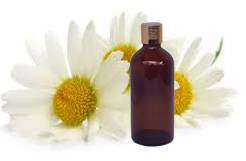
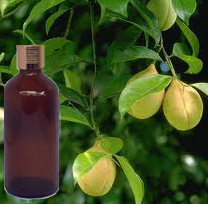
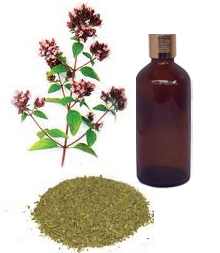
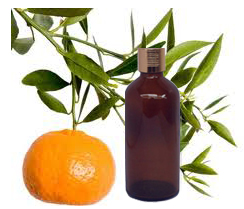
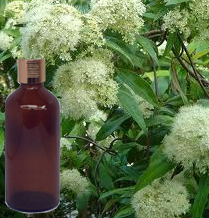
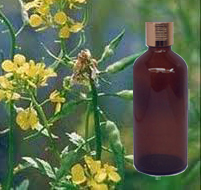
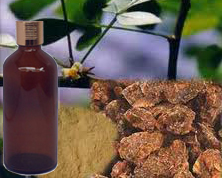
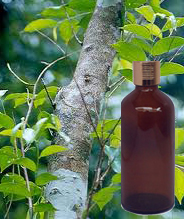


 E-mail:
E-mail:  MSN:
MSN: SKYPE:
SKYPE: